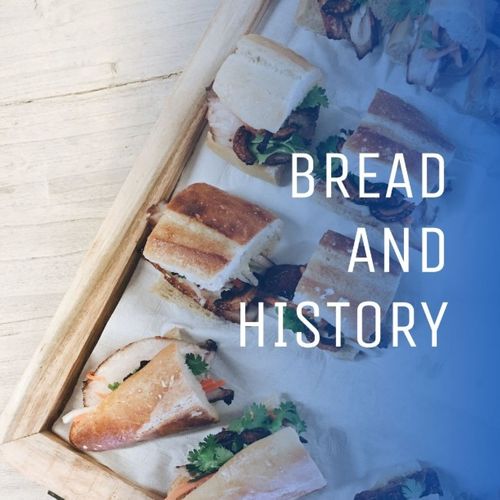Tasting Culture: The importance of eating your way through your next vacation
Apr 12, 2022 · 2 mins read
0
Share

I was given advice many many years ago. When traveling abroad, look for places without pictures on their menu, an English menu, nor a credit card machine. That last point may no longer be the case as accepting credit is much easier now. The intention holds; eat local when abroad.
Save
Share
It's easy to go see the big tourist attractions and then pop in to a restaurant nearby for a bite. The sights are the important bits to experience, right? Wrong. Sights are well and good, but the food will truly immerse you in the culture.
Save
Share
Food plays a role in preserving cultural identity. Recipes and cooking techniques are passed down from generation to generation. A dish may be what a grandparent made because it was cheap and filling, and now entire restaurants are devoted to serving it to nostalgic young locals.
Save
Share
Even how locals eat in a small restaurant can give you a lesson you won't get in traps. In India, almost everything is eaten by hand. In the Middle East, no one should eat with the left hand. In Chile, no one should ever eat with their hands at all and must use utensils.
Save
Share
Food is also a window into history. What locals eat is sometimes not what their ancestors ate 100 years ago or what their ancestors ate 100 years before that. On a dining table, we may see a reflection of different groups melding--whether by trade, war, or colonization.
Save
Share
I was reminded of this eating my favorite Vietnamese dish--Banh Mi. It's basically a sub sandwich filled with a pate and pickled vegetables and herbs. I had an idea that the sandwich was not wholly Vietnamese in origin, but I learned it has even more history than I imagined.
Save
Share
France attacked Vietnam and took over in 1862. They didn't want to eat the local diet, so they introduced a ton of different crops to the region. The one thing they couldn't get to grow? Wheat. That had to be imported, driving the price up. That meant locals couldn't afford it.
Save
Share
In WWI, two German-owned export warehouses were seized by French troops. Those goods were released and flooded the markets in Saigon — at affordable prices. For the first time, Vietnamese people--who had been systemically excluded from eating French food--could have it.
Save
Share
The Vietnamese still didn't feel free to get creative though. They ate baguettes and cold cuts like the French colonizers did--side by side on a platter. But after the French left in 1952, they flexed their culinary muscles. The Banh Mi was born.
Save
Share
Staying in the tourist areas means you might miss out on this history lesson between slices of bread. Not only is mingling with locals fun, it's a way not to just see culture but to participate in it. So next time you travel, travel an extra few blocks away to eat local
Save
Share
0